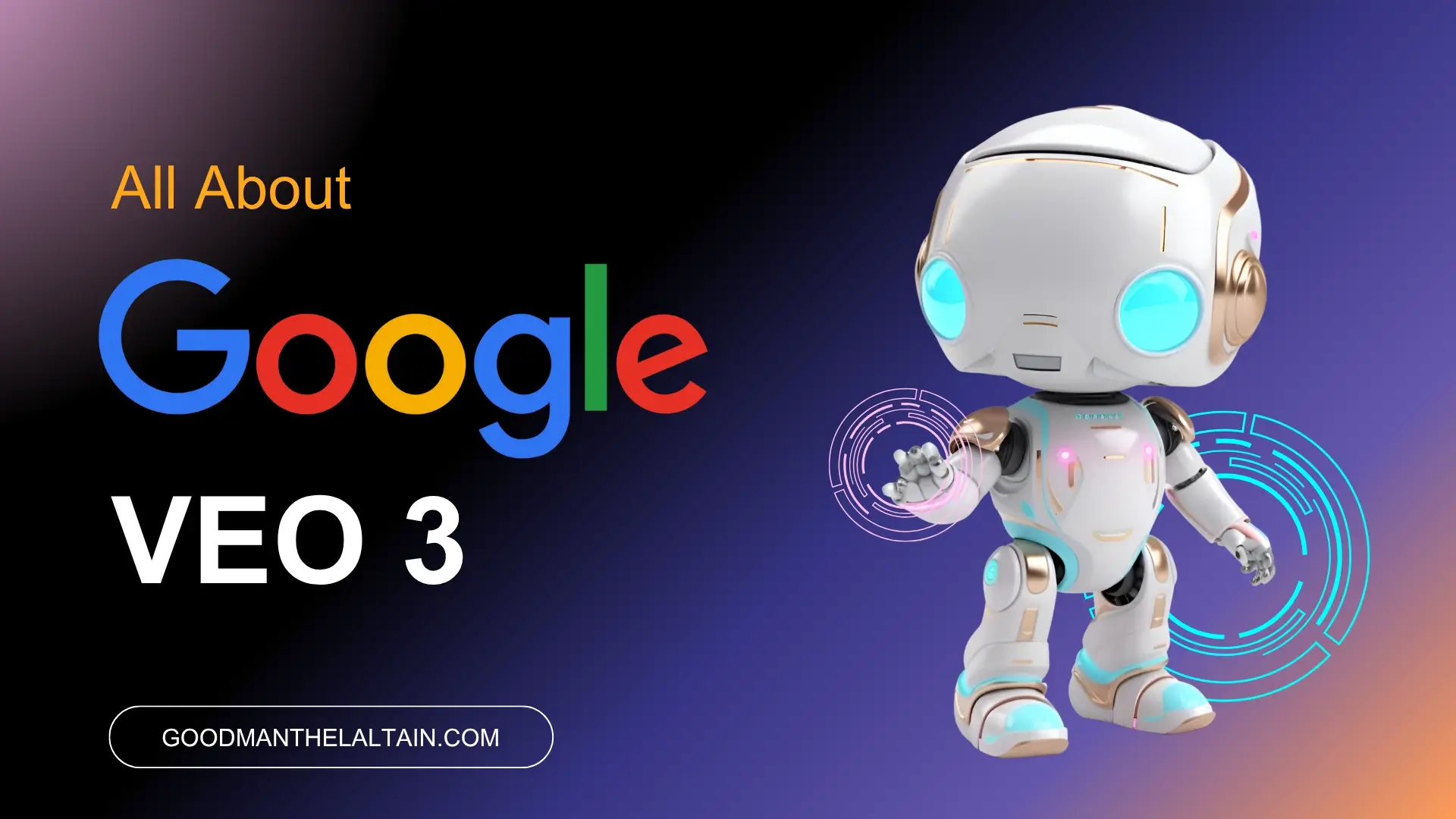Google Veo 3: As digital landscapes evolve, Google VEO 3 emerges as a transformative leap in the field of visual search and search engine optimization. VEO, or Visual Evolution Optimization, is Google’s answer to the growing importance of visual content and its integration into search experiences. With VEO 3, Google further refines its AI, machine learning, and visual processing capabilities to offer unparalleled accuracy in understanding and ranking visual assets online.
In this comprehensive article, we explore the core functionalities, benefits, and implementation strategies for Google VEO 3, equipping brands, marketers, and creators with the knowledge to stay ahead in the visual-first era of digital marketing.
What Is Google VEO 3?
Google VEO 3 is the third-generation update to Google’s Visual Evolution Optimization framework, enhancing how visual content—images, videos, infographics, and 3D models—is indexed, interpreted, and ranked by Google’s AI algorithms. Unlike traditional SEO, which focuses primarily on text-based inputs, VEO 3 is optimized for multimodal data processing, integrating visual, textual, and contextual cues to deliver highly relevant search results.
This upgrade signifies a paradigm shift where visuals are no longer supplemental but central to the search experience. With Google Lens, Bard AI, and Gemini integrations, VEO 3 powers intelligent discovery across platforms, apps, and devices.
Core Features of Google VEO 3
1. Advanced Image Understanding through Multimodal AI
At the heart of VEO 3 is Google’s multimodal AI engine, capable of analyzing visual content in conjunction with metadata, on-page text, captions, EXIF data, and user intent. It leverages Vision Transformers (ViT) and Contrastive Language–Image Pre-training (CLIP) models to accurately comprehend visual elements and rank them based on relevance.
2. Real-Time Visual Content Indexing
Gone are the days of delayed crawling. Google VEO 3 introduces real-time indexing for visuals, ensuring that newly uploaded media is discoverable faster. This is a game-changer for content creators, e-commerce platforms, and news media outlets relying on instant visual updates.
3. Visual Alt Text Generation & Auto-Tagging
Using generative AI, VEO 3 can now automatically create descriptive alt texts and contextual tags, improving accessibility and discoverability. Even if a webmaster forgets to include alt attributes, Google can infer them contextually.
4. Contextual Search Based on Visual Anchors
VEO 3 supports contextual search using visual anchors, enabling users to search specific parts of an image or video. For example, searching for a jacket in a group photo is now as simple as highlighting that item via Google Lens or a similar interface.
How Google VEO 3 Impacts SEO Strategy
1. Visual Content Is Now Core Content
Previously, visuals were used to enhance user experience. With VEO 3, they are central to search visibility. Marketers must now focus on high-quality, high-context visuals that are SEO-ready—complete with structured data, alt text, and compression best practices.
2. Voice + Visual SEO Synergy
As smart devices evolve, users are conducting hybrid queries involving both voice commands and image inputs. VEO 3 supports this dual-channel discovery, making it critical to optimize for both.
3. Enhanced Mobile-First Indexing
With VEO 3’s emphasis on real-time image detection and mobile-first indexing, mobile-optimized visuals are mandatory. This includes fast-loading images, responsive layouts, and AMP-compatible galleries.
Optimizing for Google VEO 3: Best Practices
1. Leverage Structured Data for Visual Content
Use schema.org markup to label your images, videos, and infographics. Implement structured data like:
- ImageObject
- VideoObject
- Product
- CreativeWork
This helps Google’s crawler understand the context and usage intent of visuals.
2. Use Descriptive Filenames and ALT Text
Before uploading, rename your files to include relevant keywords, e.g., blue-running-shoes-nike.jpg. Pair it with alt text like: “Nike blue running shoes for men – lightweight and breathable.”
3. Implement AI-Generated Captions and Summaries
With tools like Bard or Gemini, create contextual summaries or captions that provide natural language descriptions aligned with search queries.
4. Compress Without Compromising Quality
Use WebP or AVIF formats for better compression and faster loading without losing quality. Speed directly impacts SEO rankings under Core Web Vitals.
5. Integrate Visuals with Textual Content
VEO 3 rewards contextually embedded visuals. Images and videos placed near relevant text perform better in search rankings.
The Role of Visual AI Tools in VEO 3 Optimization
Modern content creators can harness the power of tools like:
- Google Vision API – Understand how Google perceives your images.
- OpenAI CLIP – Map visuals to relevant text prompts.
- Runway ML / Midjourney / DALL·E – Create unique visuals based on SEO strategy.
- Canva / Adobe Firefly – For branded and optimized visual designs.
The Rise of Visual E-Commerce and Shoppable Images
One major beneficiary of Google VEO 3 is e-commerce. Visual-first platforms now enjoy higher visibility due to:
- Shoppable images
- 360-degree product spins
- User-generated content in visual format
By integrating product schema and rich media, brands can now turn every image into a conversion funnel.
The Future of Content Marketing in a VEO 3 World
1. Visual Storytelling Will Dominate
VEO 3 supports narrative-based visual storytelling, enabling brands to engage users deeply through scroll-based animations, embedded videos, and micro-interactions.
2. AI-Generated Visual Content at Scale
Expect a surge in AI-generated visuals aligned with SEO. From concept art to explainer animations, AI will aid mass production of rich media while maintaining uniqueness.
3. SERP Features Will Be More Visual
Google’s search results are becoming more visual-rich, with:
- Video snippets
- Image carousels
- Visual knowledge panels
This requires a shift from mere ranking to SERP design optimization.
Conclusion: Prepare Now or Be Left Behind
Google VEO 3 is not just an update; it’s a new search paradigm. Businesses, creators, and SEO strategists must align with its visual-first indexing and ranking mechanisms. The earlier your digital assets are optimized for VEO 3, the more visibility, engagement, and conversions you will secure.
Visual SEO is no longer optional. It is foundational.
Also Read: Embracing the Future: The Top 10 Artificial Intelligence Products Worth Investing In
Follow GoodManTheLaltain on Facebook!
